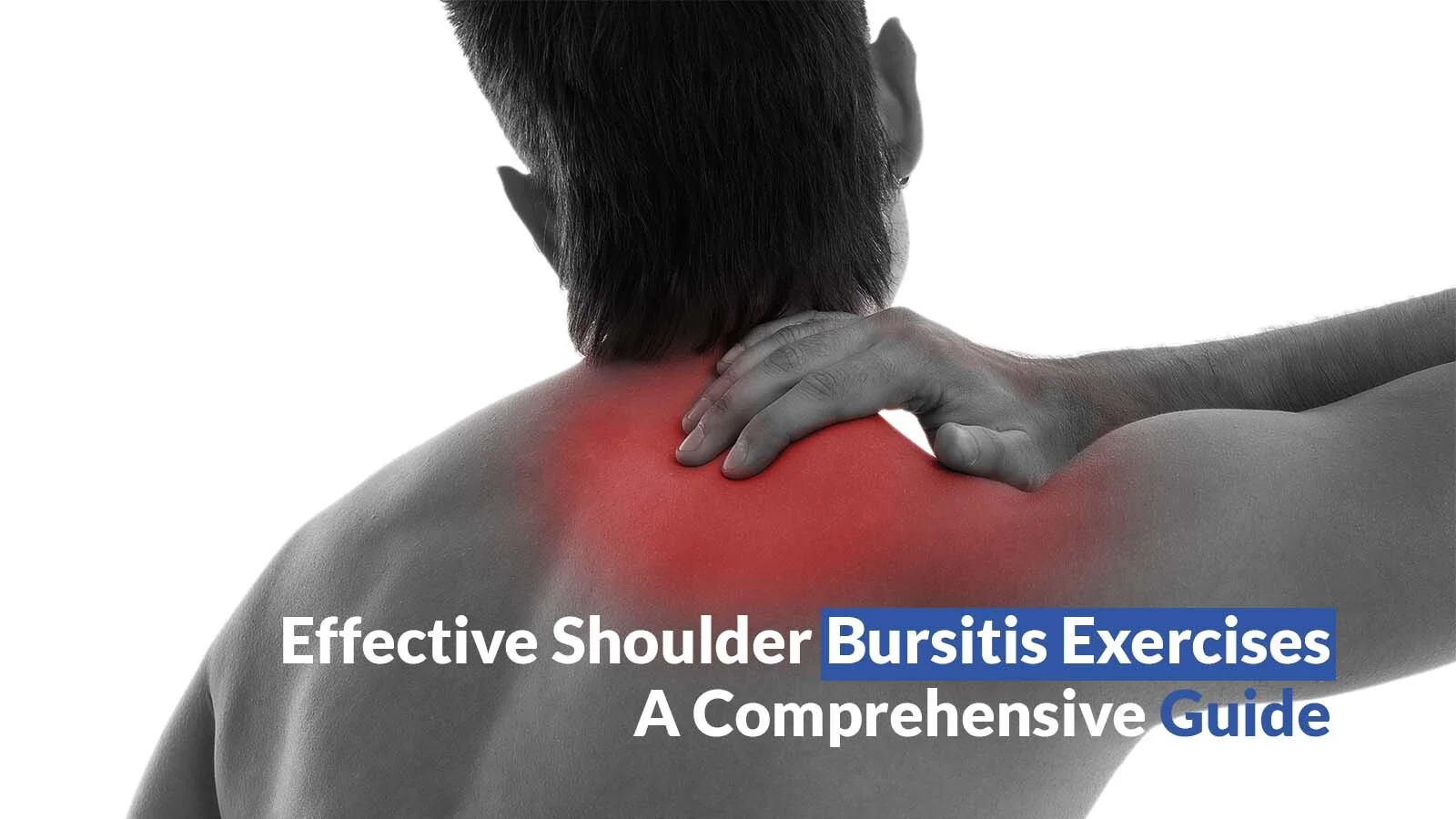The shoulder joint allows the body to move with more flexibility and range of motion. People assume that shoulder pain is caused by natural ageing or unhealthy habits that develop over time. Bursae are fluid-filled sacs in the shoulder that cushion the movement of bones and tendons, allowing for easier motion. When the bursae get irritated, they can cause a burning feeling across the shoulder. Every year, over 2 million Americans are diagnosed with shoulder bursitis, which is also a frequent disease among many Australians. Fortunately, certain exercises for bursitis in shoulder increase flexibility and strengthen the surrounding musculature. Osteopath Sydney will take you through some effective stretching exercises for shoulder bursitis and some posture and habits that will help to prevent this.
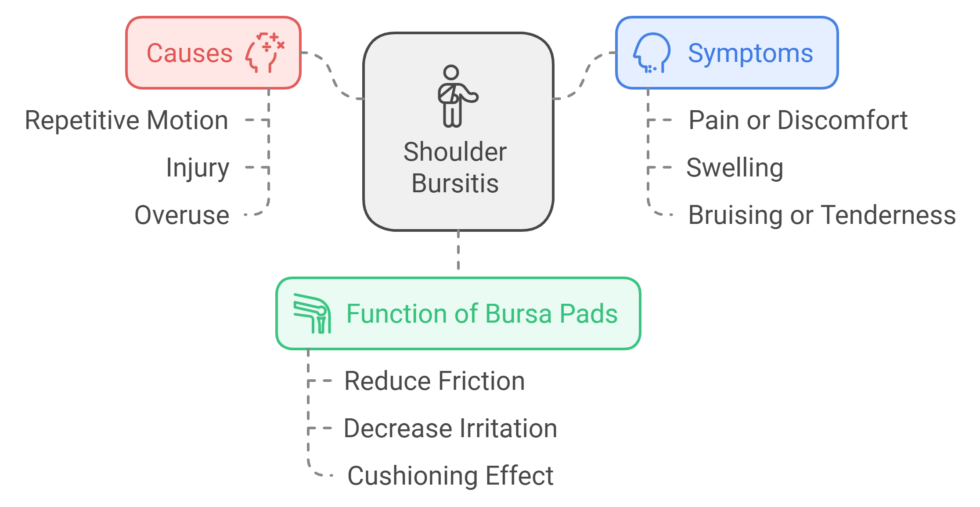
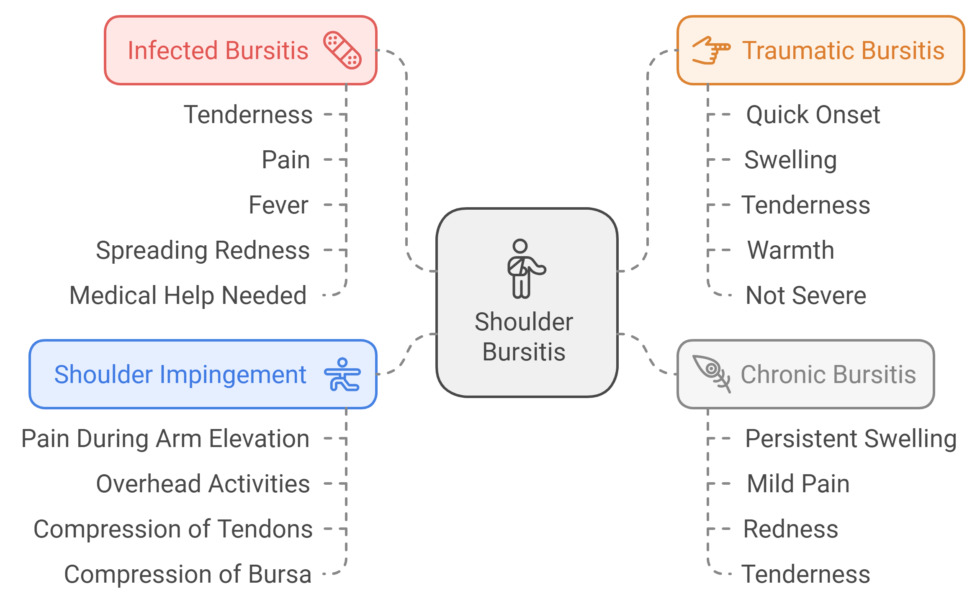
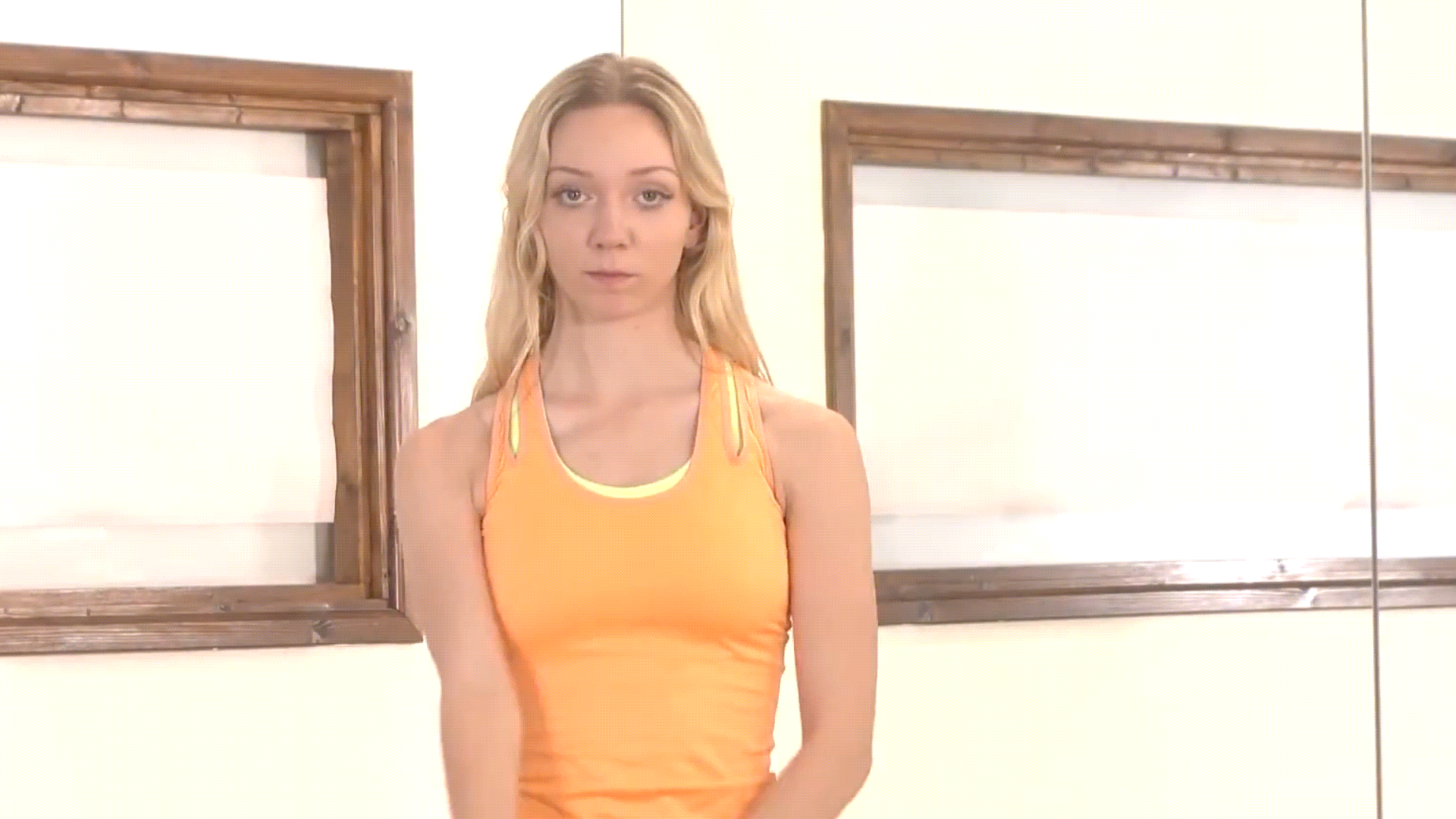 This will stretch the back of your rotator cuff to relieve tension in the muscle.
This will stretch the back of your rotator cuff to relieve tension in the muscle.
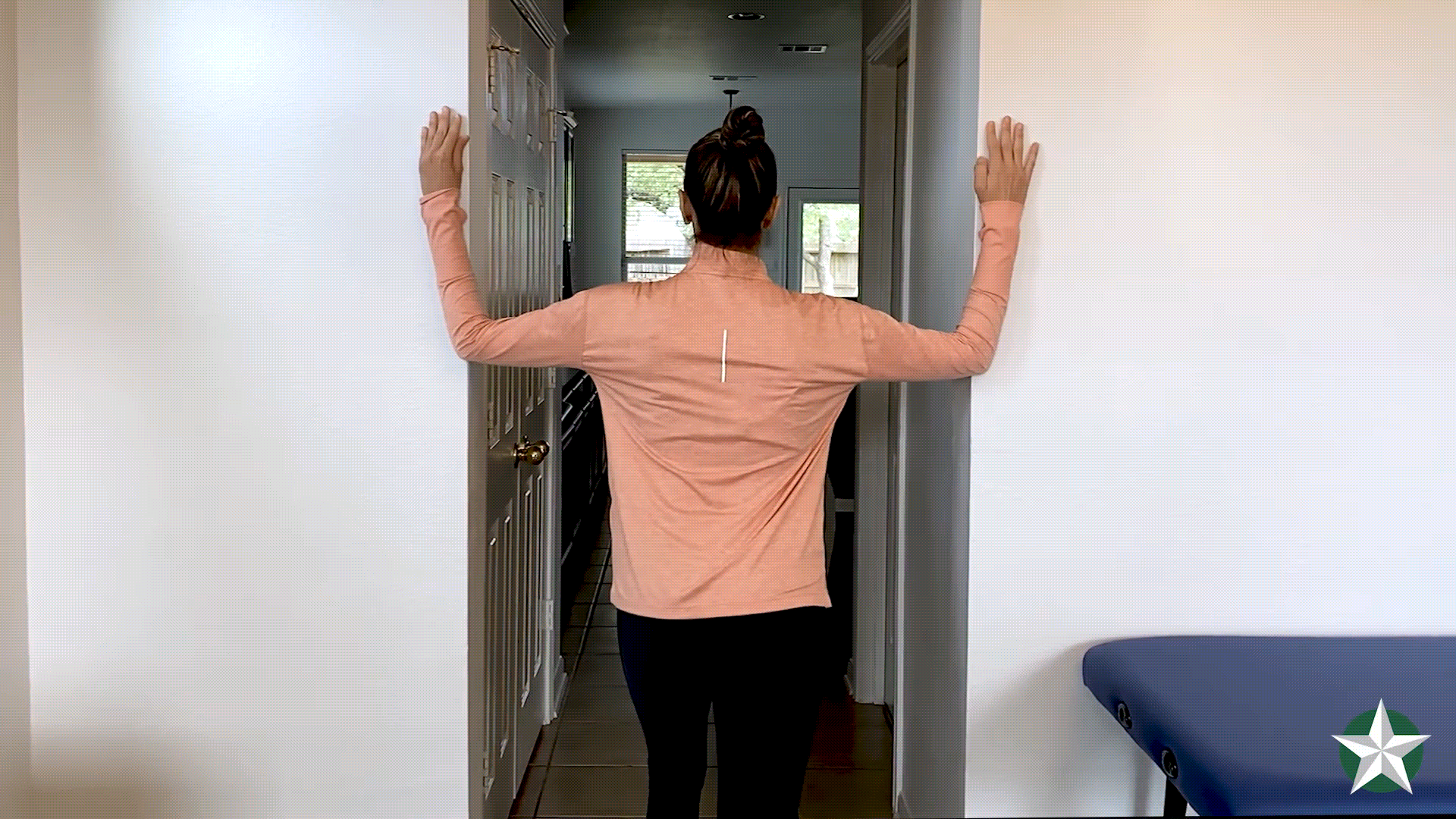 The doorway stretch, one of the effective shoulder bursitis stretches, targets the muscles crossing over your chest and attaching to your shoulders.
The doorway stretch, one of the effective shoulder bursitis stretches, targets the muscles crossing over your chest and attaching to your shoulders.
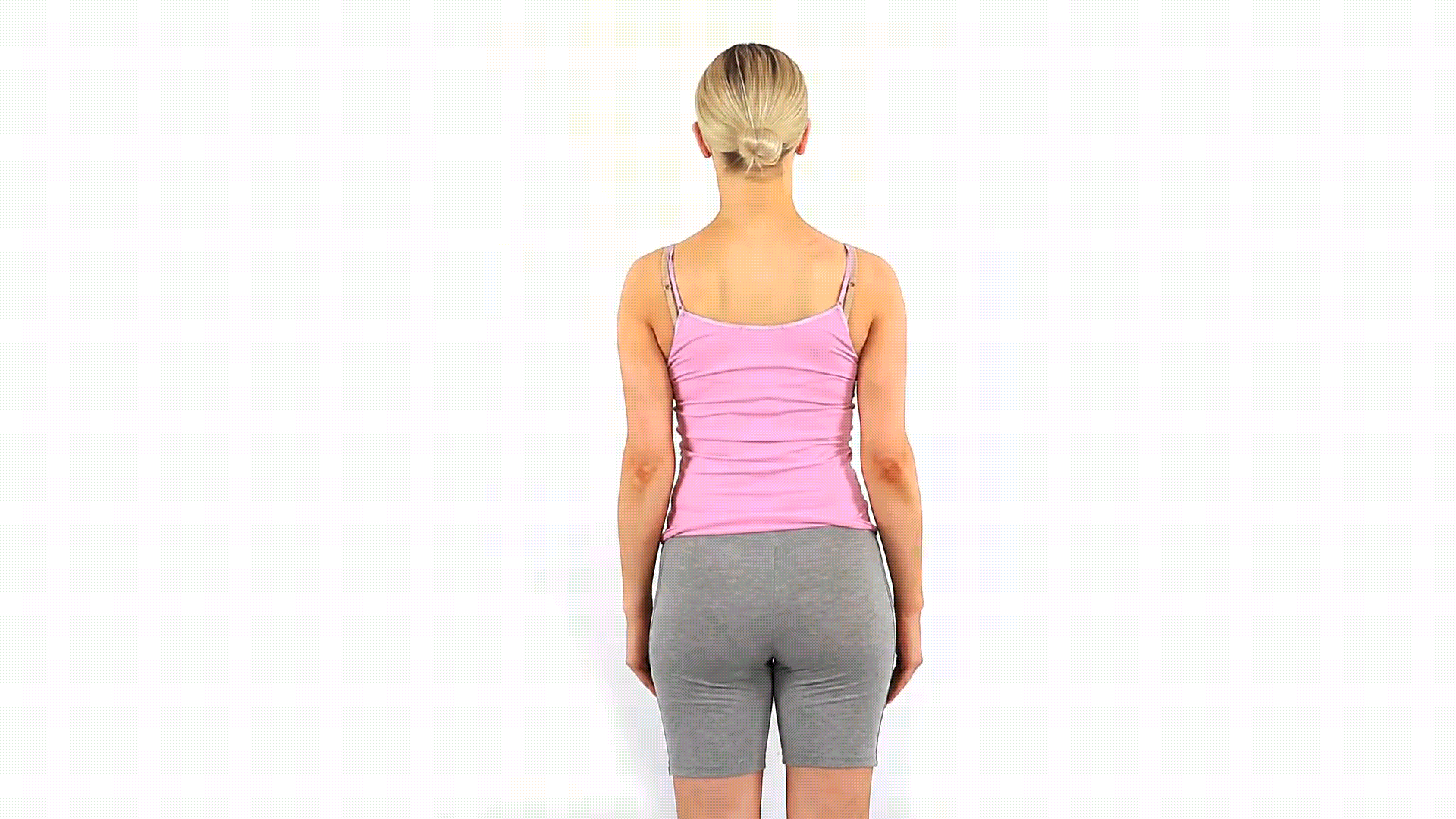 Shrugs are an easy way to strengthen and stretch the rotator cuff.
Shrugs are an easy way to strengthen and stretch the rotator cuff.
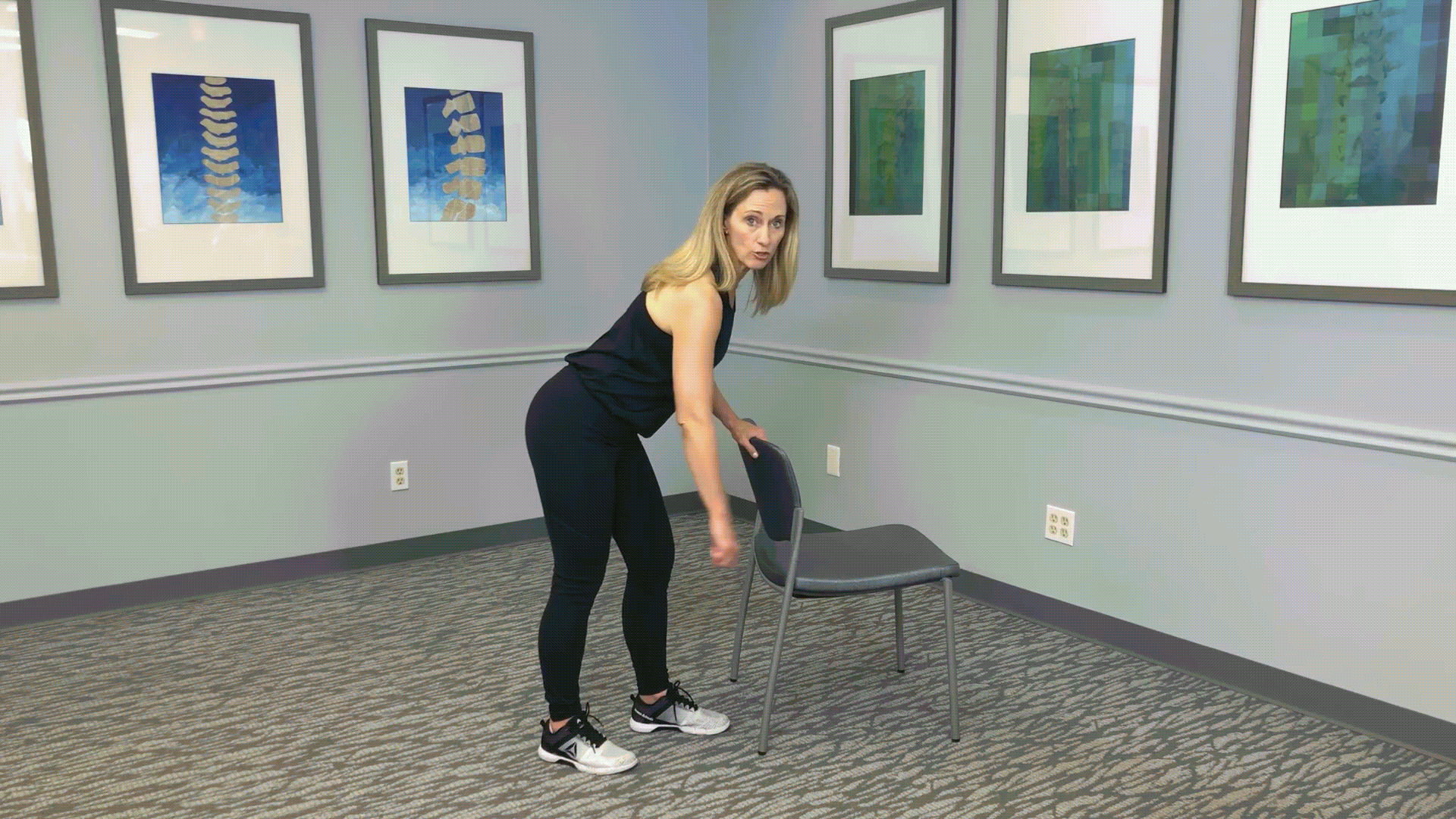 This gentle shoulder bursitis exercise helps to break up the shoulder joint, improving your circulation.
This gentle shoulder bursitis exercise helps to break up the shoulder joint, improving your circulation.
 This exercise for shoulder bursitis improves flexibility and range of motion.
This exercise for shoulder bursitis improves flexibility and range of motion.
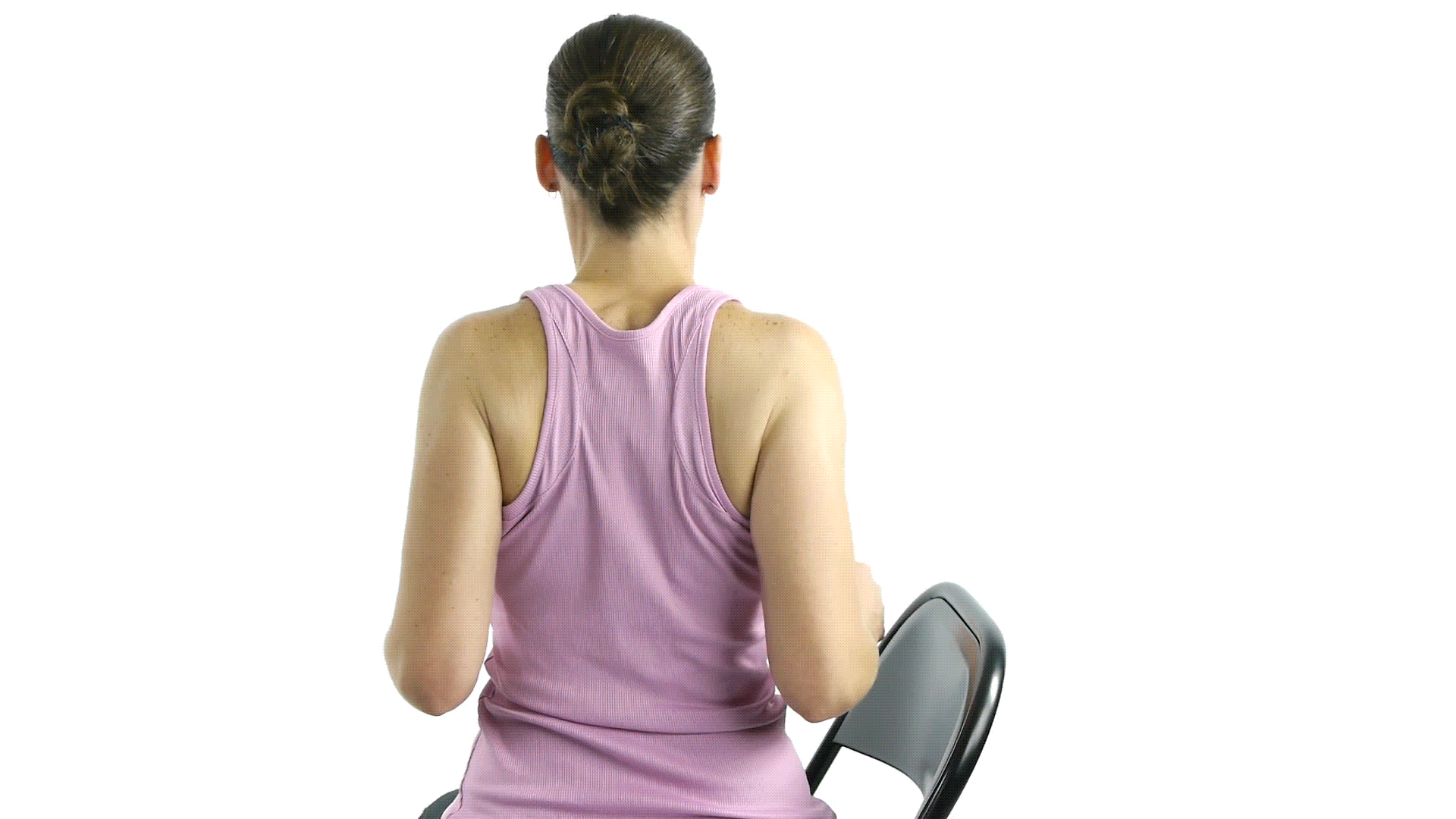 This exercise strengthens the muscles between your shoulder blades for better posture and stability.
This exercise strengthens the muscles between your shoulder blades for better posture and stability.
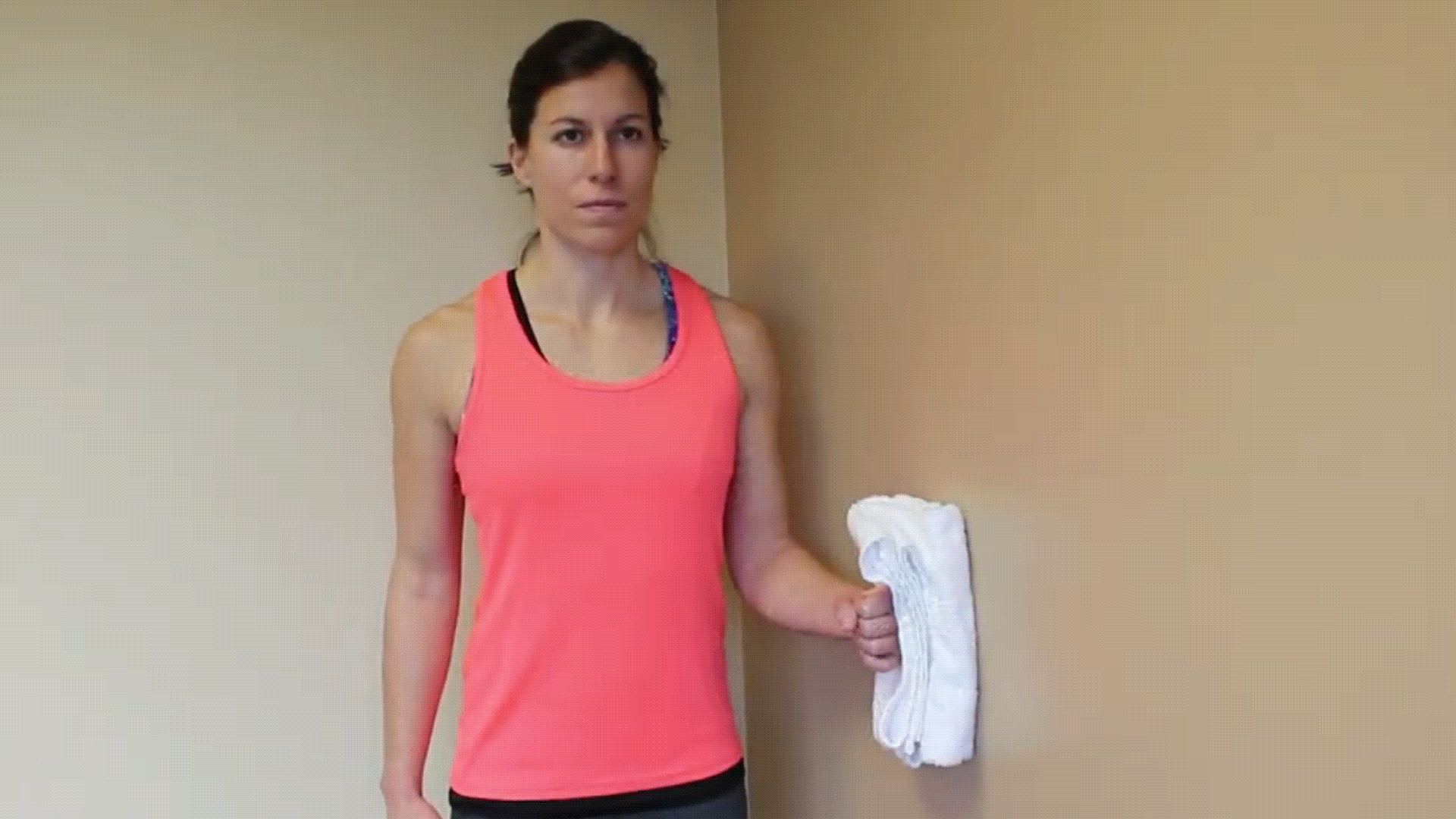 This shoulder bursitis exercise strengthens the rotator cuff muscles without putting too much stress on the joint.
This shoulder bursitis exercise strengthens the rotator cuff muscles without putting too much stress on the joint.
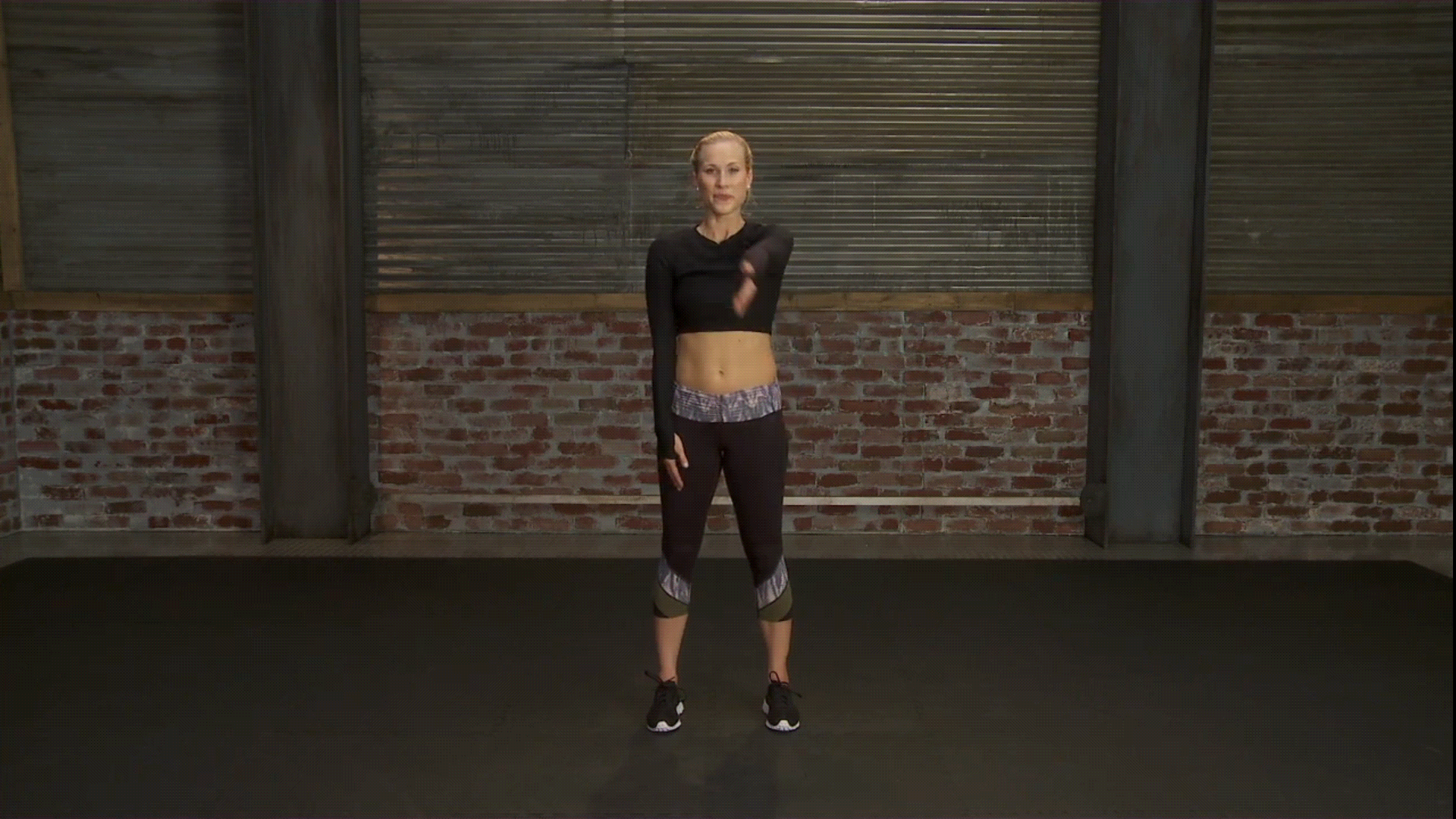
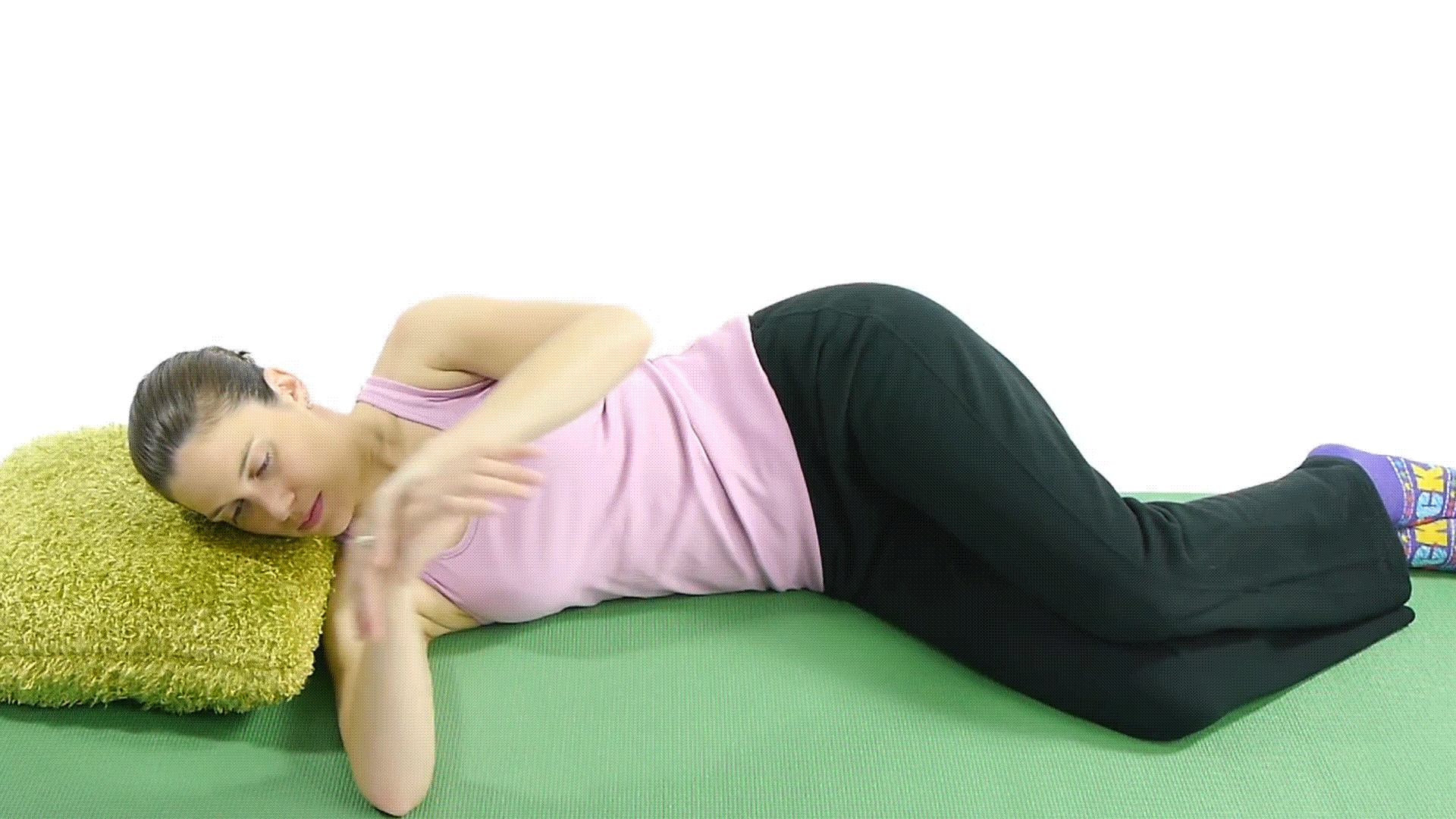
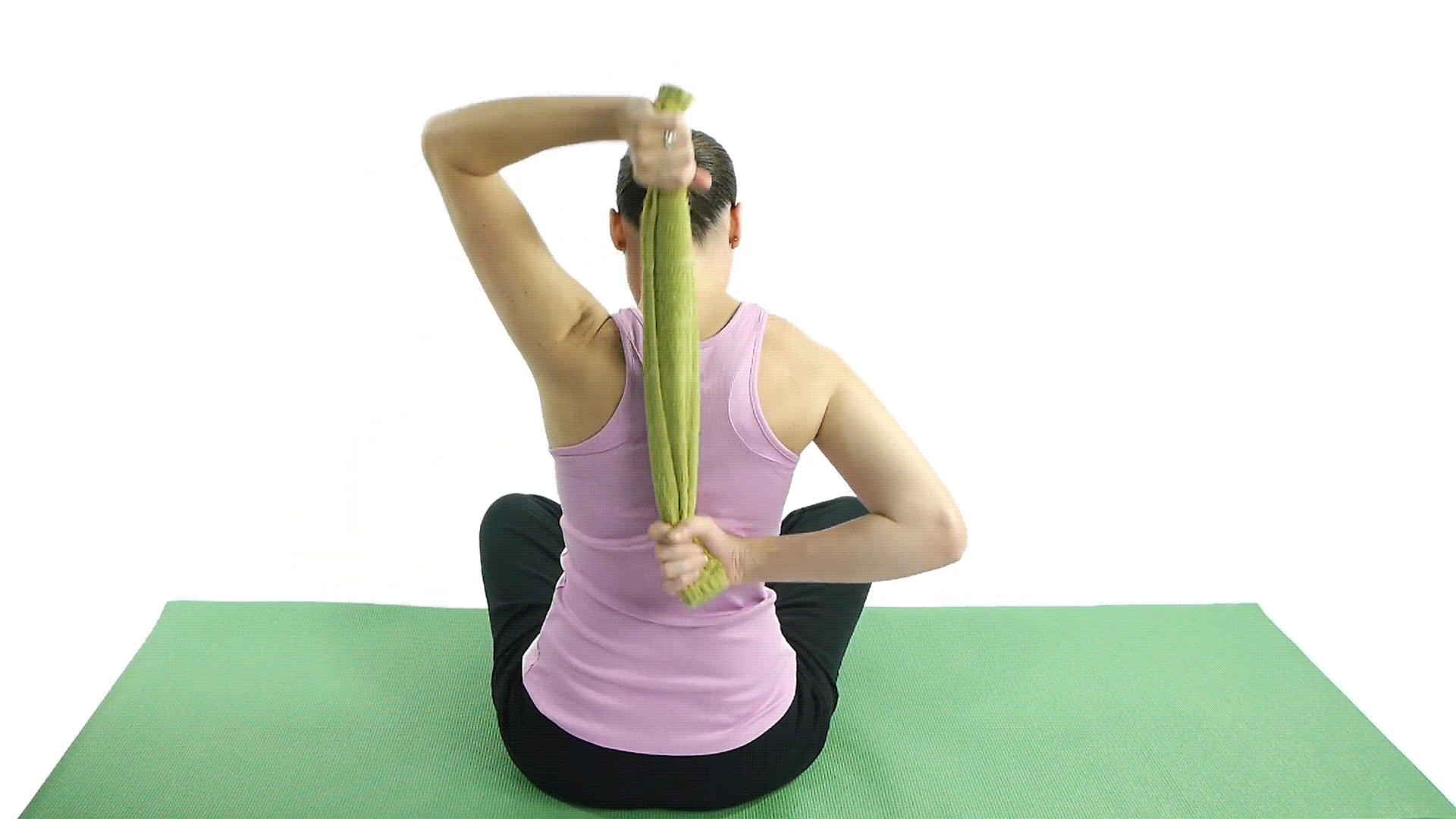
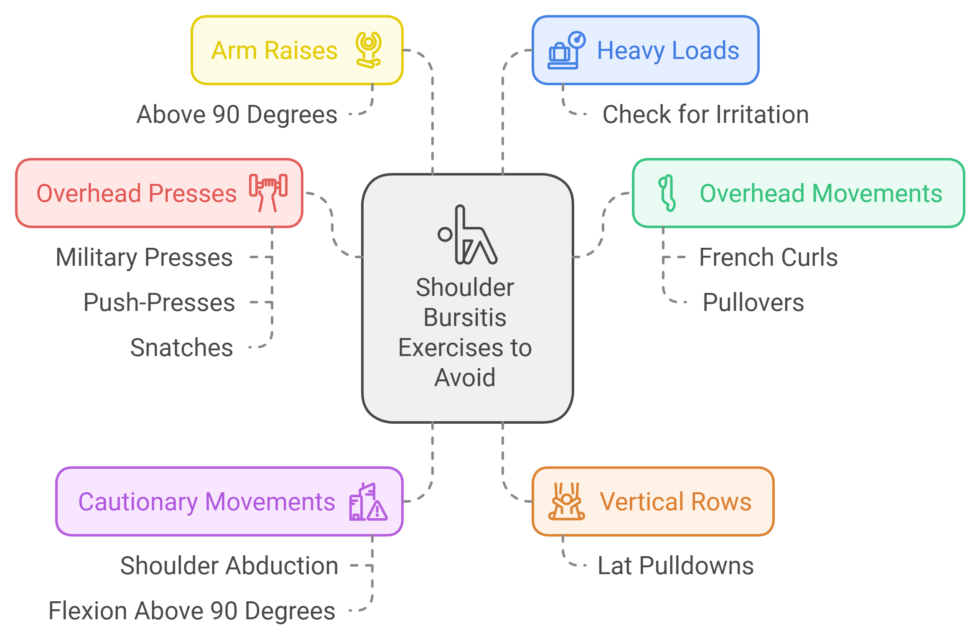
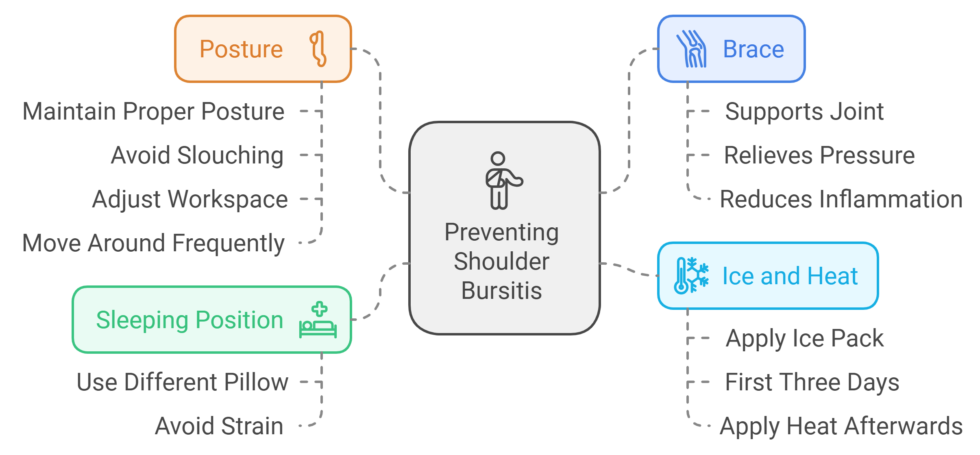

Understanding Shoulder Bursitis
Shoulder bursitis is the inflammation of a bursa, which is a tiny, fluid-filled sac that cushions bones, tendons, and muscles around a joint. Inflammation of the bursa causes shoulder pain, stiffness, and restricted mobility. This mobility is supported by numerous little discs known as bursa pads, which resemble water balloons. These bursa discs primarily function to decrease friction and irritation caused by repetitive motion across bones. You typically have the following symptoms along with bursitis:- Pain or discomfort when you lie on your side or even when you move your arm
- Swelling around the area that is affected
- Bruising or tenderness
The Importance of Exercise for Shoulder Bursitis
Shoulder bursitis can affect anyone, but it is more frequent among painters, carpenters, builders, and athletes. In addition, some conditions, such as arthritis, gout, diabetes, kidney disease, rheumatoid arthritis, and thyroid disorders, increase the risk of developing shoulder bursitis. Shoulder bursitis exercises play an important part in:- Relieving pain and reducing inflammation
- Improving flexibility and range of motion
- Strengthening the muscles surrounding the shoulder joint
- Avoiding a recurrence of the bursitis attack in the future

Types of Shoulder Bursitis
Shoulder bursitis can show up in different ways, depending upon the intensity and the type.- Chronic Bursitis: Swelling persists without improvement, usually mild in pain and redness, but may feel warm and tender.
- Infected Bursitis: Tenderness, pain, possible fever, and spreading redness. Seek medical help promptly.
- Traumatic Bursitis: Occurs quickly after an injury, like an elbow hit. Swelling appears fast, with tenderness and warmth, but not severe
- Shoulder Impingement: Bursitis and impingement often go hand in hand. Impingement bursitis shoulder occurs when rotator cuff tendons or bursa are compressed between the humerus and acromion, causing pain during arm elevation and overhead activities.
Top Exercises for Bursitis Shoulder for Relief and Recovery
Exercise is one of the most efficient ways to soothe shoulder conditions like bursitis. A warm-up of 5-10 minutes before the exercise might improve blood flow and prepare your muscles. Grab a massage ball, a foam roller, a towel, and some resistance bands. Always start with gentle moves and listen to your body. If you feel any discomfort, then stop and consult a health professional.Posterior Cuff Stretch
 This will stretch the back of your rotator cuff to relieve tension in the muscle.
This will stretch the back of your rotator cuff to relieve tension in the muscle.
- Stand up straight
- Bring your affected arm across your body so the hand falls on the back of the opposite shoulder. You should feel the pull across the back of your shoulder.
- Hold for 15 to 30 seconds.
- Repeat 2 to 4 times.
Doorway Stretch
 The doorway stretch, one of the effective shoulder bursitis stretches, targets the muscles crossing over your chest and attaching to your shoulders.
The doorway stretch, one of the effective shoulder bursitis stretches, targets the muscles crossing over your chest and attaching to your shoulders.
- Stand in an open doorway.
- Set your hands flat on either side of the opening.
- Keeping your elbows slightly bent, take your hands to shoulder level or just below it.
- Put one foot in front and take one step. Move forward until your anterior shoulders and chest begin to slightly stretch. Do not lean forward.
- Hold it for 30 seconds.
- Release and repeat three times.
Shoulder Shrugs
 Shrugs are an easy way to strengthen and stretch the rotator cuff.
Shrugs are an easy way to strengthen and stretch the rotator cuff.
- Standing
- With your shoulders, reach up as high as possible towards your ears.
- Hold a few seconds.
- Release and repeat ten times.
Pendulum Swing
 This gentle shoulder bursitis exercise helps to break up the shoulder joint, improving your circulation.
This gentle shoulder bursitis exercise helps to break up the shoulder joint, improving your circulation.
- Stand with your unaffected arm resting on a table or chair for support
- Let your affected arm hang loosely
- Perform for 30 seconds to 1 minute, 2-3 times daily
Wall Crawl
 This exercise for shoulder bursitis improves flexibility and range of motion.
This exercise for shoulder bursitis improves flexibility and range of motion.
- Stand facing a wall, about an arm’s length away
- Put your fingers on the wall at waist level, with your arm straight.
- Walk your fingers up the wall, keeping your arm straight, until you have raised it as high as you comfortably can.
- Hold for 10-15 seconds.
- Slowly lower your arm.
- Repeat 5-10 times, 2 to 3 times a day.
Shoulder Blade Squeeze
 This exercise strengthens the muscles between your shoulder blades for better posture and stability.
This exercise strengthens the muscles between your shoulder blades for better posture and stability.
- Sit or stand and place arms at your sides
- Squeeze your shoulder blades together
- Hold for 5-10 seconds, then relax
- Repeat 10-15 times, 2-3 times daily
Isometric Shoulder External Rotation
 This shoulder bursitis exercise strengthens the rotator cuff muscles without putting too much stress on the joint.
This shoulder bursitis exercise strengthens the rotator cuff muscles without putting too much stress on the joint.
- Stand with your affected arm by your side, elbow bent at 90 degrees.
- Press the back of your hand against a wall or doorframe.
- Hold for 5-10 seconds, then relax.
- Repeat 10-15 times, 2-3 times daily.
Shoulder Mobility Exercises for Long-Term Health
In addition to focused exercises for bursitis in shoulder, include general shoulder mobility exercises in their routine to prevent any shoulder problems even after the rehabilitation period is over.Cross-body Arm Stretch

- Take one arm and pull it across your chest
- Use your other hand to gently pull the arm closer to your body
- Hold for 15-30 seconds
- Repeat on opposite side
- Repeat 2-3 times a day
Sleeper Stretch

- Lie on your side with the affected shoulder facing downwards.
- Slightly bend your knees to help stabilise.
- Take your top arm and gently push the affected arm towards the floor.
- Hold the stretch for 20-30 seconds, doing 2-3 sets, 2-3 times a day.
- Make the movement smooth without forcing too hard.
Towel Stretch

- Hold a towel behind your back with one hand.
- Use your other hand to pull the towel upwards. This will stretch the shoulder of the arm holding the towel.
- Hold the stretch for 20-30 seconds and repeat 2-3 sets, 2-3 times a day.
- Keep the movement controlled in order not to cause discomfort.

Shoulder Bursitis Exercises to Avoid
If an activity increases your pain, please stop the activity and ask a healthcare professional for guidance regarding your treatment plan. Common gym-based and bursitis exercises for shoulder to avoid are:- Avoid direct overhead presses: military presses, push-presses, snatches.
- Skip vertical rows: lat pulldowns, as arms may go above head.
- Do not raise the arms above 90 degrees, as that could be irritating for the bursa.
- Avoid the overhead movement in the seated position, lying down—French curls and pullovers.
- Avoid heavy loads that pull downward on the arm and shoulder; check for irritation.
- Shoulder abduction and flexion above 90 degrees should be done with caution.
- Keep your arm below parallel to the floor in order to relieve it.
The Role of Osteopathy in Treating Shoulder Bursitis
At Osteopath Sydney, we treat shoulder bursitis by including hands-on treatments with personalised exercise plans to address the actual cause of your pain and improve shoulder function. We can help you with the following:.- Design an appropriate treatment plan for you
- Teach you appropriate exercises
- Use manual therapy to help pain and movement
- Advise on posture and ergonomics to minimize future problems


